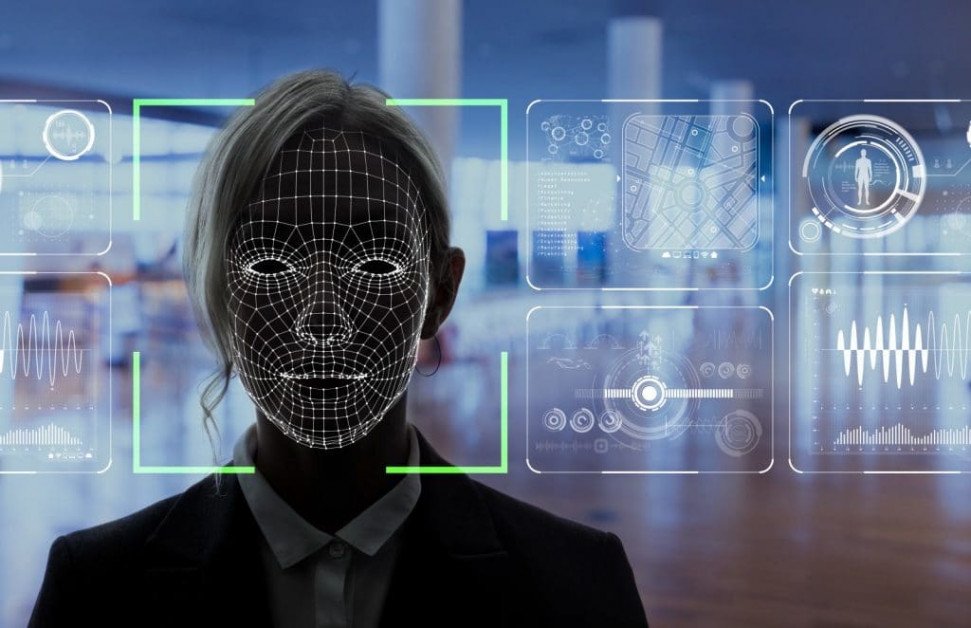Technological advancements, particularly artificial intelligence (AI), have revolutionized various sectors in recent years, and law enforcement is no exception. Public Information Officers (PIOs) within police departments increasingly leverage AI tools to streamline their roles, enhance communication strategies, and improve community engagement. Integrating AI into their responsibilities has led to innovative information dissemination, crisis management, and community relations approaches.
AI in Information Dissemination
PIOs are tasked with disseminating critical information to
the public, often during emergencies, community events, or to raise awareness
about safety measures. AI-driven tools, such as Natural Language Processing
(NLP) algorithms, assist in crafting clear, concise, and targeted messaging for
diverse audiences. These tools analyze vast amounts of data to generate content
that resonates effectively with different demographics, ensuring information
reaches and engages a broader spectrum of the community.
Research from the International Journal of Computational
Intelligence Systems highlights the effectiveness of NLP algorithms in
optimizing communication by tailoring messages to specific groups. [Read more here.]
Social Media Management and Analysis
In today's digital age, social media is a crucial platform
for communication. PIOs utilize AI-powered social media management tools for
scheduling posts, analyzing engagement metrics, and monitoring public
sentiment. Machine learning algorithms can sift through massive volumes of
social media data, allowing PIOs to gauge public perceptions, identify emerging
trends, and promptly address community concerns or misinformation.
A study
by Excellence in Analytics conducted a student titled Leveraging AI in Law Enforcement
Analysis. The article included AI's use of Natural Language Processing (NLP) in
social media monitoring. AI in social media analysis for law enforcement
agencies, emphasizing its effectiveness in monitoring public sentiment and
responses. [Access the study here.]
AI-Enabled Crisis Management
During emergencies or crises, PIOs must swiftly disseminate
accurate information. AI-powered chatbots and automated messaging systems aid
in handling incoming queries, providing real-time updates, and offering
guidance to the public. These systems efficiently manage a large volume of
inquiries, alleviating pressure on PIOs and enabling them to focus on critical
tasks.
An article by McKinsey & Company explores the use of
AI-driven chatbots in crisis management for government agencies, showcasing
their role in enhancing communication efficiency during emergencies. [Explore the article here.]
Ethical Considerations and Challenges
While AI presents numerous advantages, its use in policing
raises ethical considerations regarding data privacy, algorithm biases, and
transparency. PIOs must navigate these challenges by ensuring ethical AI
deployment, maintaining transparency in AI-driven processes, and regularly
auditing algorithms to mitigate biases.
In conclusion, AI integration empowers PIOs to enhance
communication strategies, improve crisis response, and strengthen community
relations. As technology continues to evolve, leveraging AI will be a
challenging practice for some. However, it will remain pivotal in enhancing the
role of PIOs in modern law enforcement.
As PIOs embrace AI as a valuable tool, ongoing research, and
ethical considerations will drive the evolution of AI-driven strategies,
enabling law enforcement agencies to engage with their communities and enhance
public safety effectively.
Certainly! Here's the continuation and conclusion of the
article on the use of AI in policing, focusing on the role of Public
Information Officers (PIOs) and their utilization of AI tools for effective
communication and community engagement:
Ethical Considerations and Challenges
Amid the integration of AI in policing, PIOs must navigate
ethical considerations regarding data privacy, algorithm biases, and
transparency. Ensuring the ethical use of AI tools is imperative to maintain
public trust. PIOs should prioritize data privacy by adhering to stringent
regulations and implementing secure data handling practices. Additionally,
regular audits of AI algorithms are essential to identify and rectify biases
that might skew decision-making processes.
Manage Engine discusses AI adoption's
ethical challenges and policy implications in policing, emphasizing the need
for responsible AI governance and transparency. [Read the Article Here.]
Collaborative Approach and Future Prospects
As PIOs continue to harness AI for their roles,
collaboration with technology experts, ethicists, and community stakeholders
becomes pivotal. Engaging in dialogue with diverse stakeholders ensures the
responsible deployment of AI tools and addresses privacy, fairness, and
accountability concerns.
Looking ahead, the evolution of AI in policing will likely
witness advancements in predictive analytics. PIOs can leverage predictive
models to anticipate community needs, proactively address emerging issues, and
allocate resources effectively.
A study conducted by the Police Executive Research Forum
explores the prospects of AI in policing, highlighting its potential to enhance
public safety and improve operational efficiency. [Access the study here.]
Conclusion
The integration of AI into the responsibilities of Public
Information Officers represents a transformative shift in law enforcement
communication strategies. From information dissemination to crisis management
and community engagement, AI tools have enabled PIOs to navigate their roles
more efficiently and effectively.
While AI presents immense opportunities, its responsible and
ethical use remains paramount. PIOs must continuously uphold ethical standards,
prioritize transparency, and engage in ongoing learning to harness the full
potential of AI while mitigating potential risks.
As technology continues to evolve, PIOs will play a crucial
role in adapting AI-driven strategies to meet the dynamic communication needs
of law enforcement agencies. By embracing AI responsibly and collaborating with
diverse stakeholders, PIOs can foster stronger community relationships, ensure
public safety, and uphold trust and transparency in their roles as
communicators within law enforcement.
Public Information Officers' effective utilization of AI
tools is not merely a technological advancement but a pivotal step in
modernizing and optimizing law enforcement communication in an ever-evolving
digital landscape.

Comments
Post a Comment